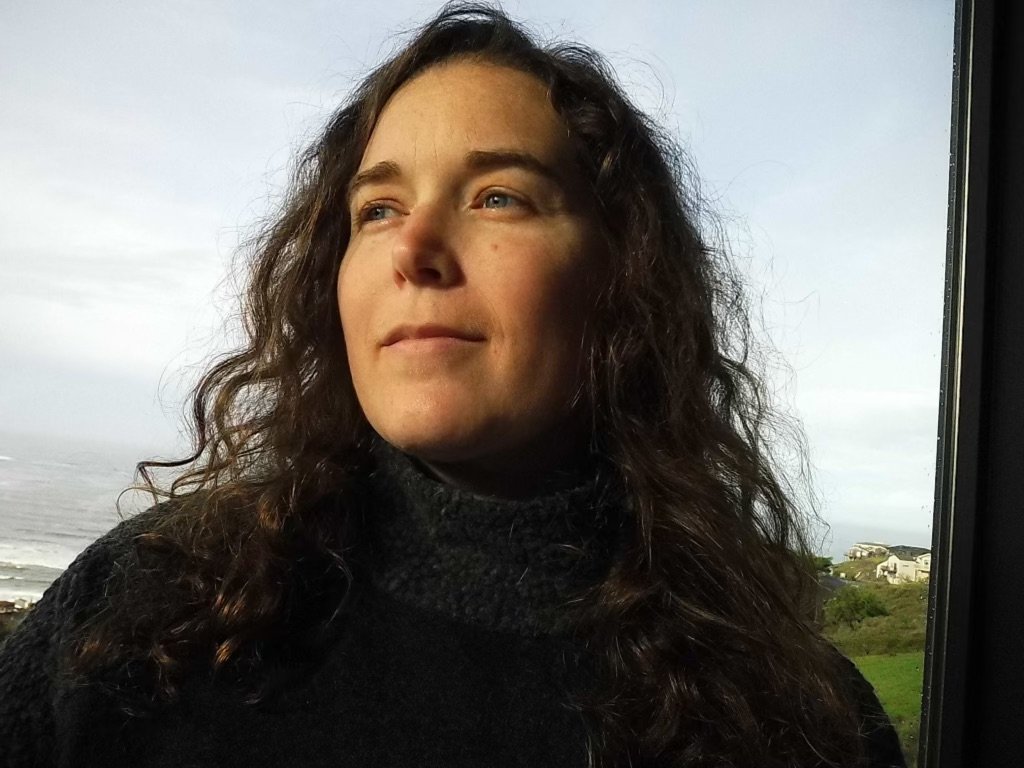Hi there.
My name is Erica Meade and I’m the artist and miniaturist behind Mini House on the Line.
I discovered my passion for making miniatures after 3 years on back-to-back video calls during the pandemic. I was super burnt out and found that making minis was so tactile, creative, challenging, satisfying…which, for me, was the perfect antidote to Zoom burnout. I continue to enjoy the process of recreating something in a small scale. It requires a breadth of skills and craft techniques like woodworking, textile arts, sculpting, electrical wiring, bookbinding, tiny tiling, etc. and with each project I get to try something new + push myself to solve (tiny) problems.
I live in Berkeley, CA with my husband and dog. My day job is in tech leadership and I’m co-founding a startup called Practice (you can read about my startup journey here), but I love working on minis whenever I can. I share my work on Instagram (@minihouseontheline), including some behind-the-scenes content and tutorials.
Most of my projects have been for friends’ kids or personal editorial-style projects, but I’m also open to commissions. Get in touch to collaborate.
My Process
1.
All of my projects start with an overall concept and narrative. I like to think about why the space exists, who lives there or visits the space, what they’re like, and their personality.
If it’s a gift, I spend a lot of time with the recipient brainstorming what they envision and engage them in the storytelling.
If it’s an editorial project, I’ll start thinking about my photo shoot list and what I want to capture, as that informs what I design.
2.
I do some sketching of what I want to create and source some inspiration imagery and products I want to minify. A lot of real life objects have detailed spec sheets and dimensions available online, so I’ll reference those and make basic, to-scale paper prototypes that I place in the space and rearrange until I’m happy with the layout.
I have a design and art background, so I use design software like Adobe Illustrator to help with all stages of my process.
3.
Once I figure out rough layout, I make a list of the furniture, accessories and objects I need to make, and what, if anything I want to source. I tend to only buy things that I feel I absolutely can’t make, like tiny blown glass, woven baskets, metal work, etc.
I start thinking about how I’ll make each object look realistic at a tiny scale. I’ve found that most things in life are rods, tubes, and flat planes, so it’s a matter of choosing the right construction technique to replicate the form. Our eyes can “feel” texture and material, so these choices are key as well.
4.
I then start designing and making. I decide what order to make things in based on dependencies (e.g. I want to make the kitchen cabinets before I finalize the fridge design), how much time I have available for a given project, and my mood. I love making tiny details so sometimes I start there. I struggle with upholstery and sewing, so I usually leave that for the end :)
I primarily use 2mm basswood, wooden dowels and strips, polystyrene sheets, rods and tubes, paper and posterboard, polymer clay, and found objects. I have a color printer, laser cutter and Cricut that I use extensively. I also have a resin 3D printer, but I actively avoid it as I don’t find it very fun!
5.
I do a lot of experimentation and adjustments as I go, but I get into flow state and it’s pretty intuitive once I have a vision. Once the space is close to complete, I start taking test pictures and, or if it’s a gift for a child, I make sure they prototype play.
I make any needed adjustments and continue to refine and add detail. It can be hard to know when to stop! But usually I have a deadline that I use as a forcing function.
I usually work on things in pieces over time, so it’s very exciting when I finally get to see all of the pieces together in the space.
6.
Once I’m happy with everything, I do a more formal photo shoot. My goal is to capture mind-blowingly realistic looking scenes, so I use flash photography to simulate daylight (or evening interior light if that’s appropriate for the scene).
I work with a photographer friend, Joe Manibusan, and/or my husband Alex on the shoots. They know so much more about photography than I do, and I need an extra set of hands to take pics of my hands, adding a “scale buster” to the shots.
Recent Work
I’ve worked in 1:12, 1:16, 1:64, and smaller scales. See more of my work here.







